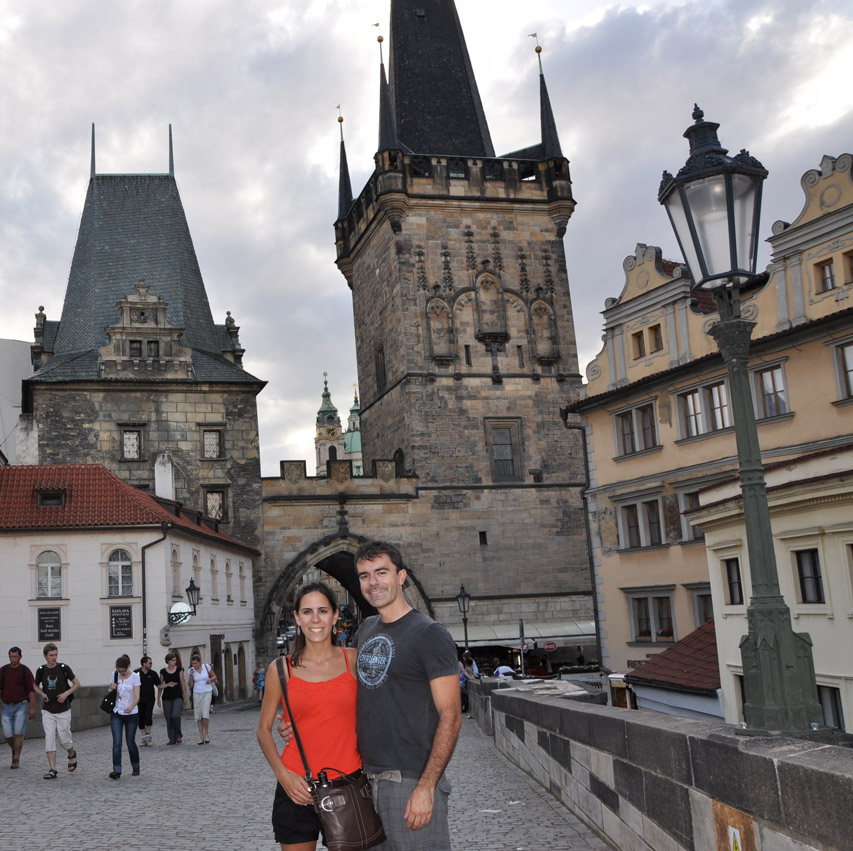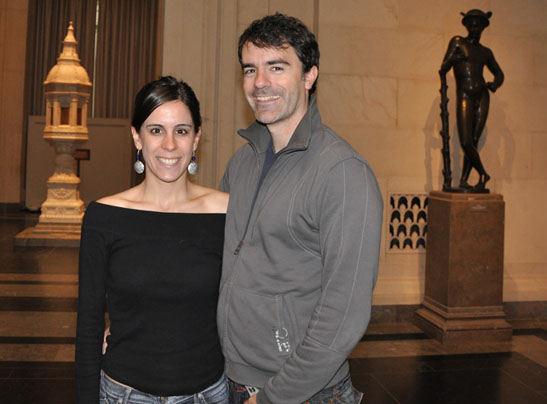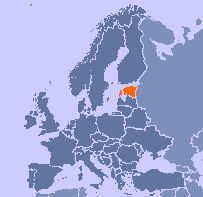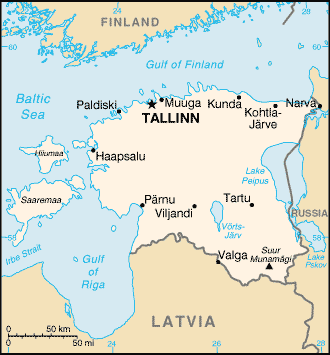Traveling in Puerto Rico
December 26th, 2009This December, right before Christmas, we spent 6 days in Puerto Rico, the Caribbean island famous for rum. Bacardi is probably known all over the world. As we had really great time, we wanted to share a few tips for those that are willing to spend some time on the island. Our resort, Rio Mar, is located in the north east of the main island really close to Loquillo, fairly close to Fajardo and about 40 minutes away from the San Juan international airport. The resort offers several amenities such as a nice beach, swimming pools, hot tabs, golf course, tennis fields, restaurants and a casino. If your idea of vacation fits with what the resort offers, with a $80 dollars cab right you can get there. Just keep in mind that in the resort you are going to find the same food you are probably able to eat in US and, in general, at the same price of a US restaurant. Eventually, the resort offers a wide range of day trips with a price that varies in between $50 and $200 – not cheap.
Car Rental
We decided to rent a car to reach, with a reasonable budget, the desired degree of freedom – we had several day trips in mind. If you are used to US driving, Puerto Rico will seem a bit crazy at first – direction lights are not part of the culture, not even during Christmas holiday. And some of the secondary streets are really narrow and bumpy. In any case I would suggest purchasing the insurance with the rental company – forget those proposed through Orbitz, Expedia and similar, in case of damage they include a deductible amount and usually require an additional amount of work for processing the claim. In our case our brand new car was scratched in the parking lot – of the resort - and the insurance purchased through Alamo, about $90 made us save 500 bucks - the deductible amount of the insurance proposed by Orbitz when reserving the car.
Loquillo/Fajardo area (north east)
The Loquillo/Fajardo area is a really interesting location, not that far from San Juan and really close to the rain forest (El Yunque) and the beautiful islands of Culebra and Vieques. From the airport, it can be reached easily by route 3. Actually, route 66 is a nice $1.50 shortcut, usually not jammed as route 3 and with a higher speed limit. Because of the close vicinity to the rain forest, there is constant moisture in the air – be ready for damp clothes and books - and a higher chance of clouds and showers. In these days, the temperature ranged between 70F and 84F.
Dining in the area
If you are going to stay in the Rio Mar area there are many good dining options. I will list the ones you should not miss:
- Isamar Bakery - It offers breakfast and amazing pastries for a really good price. I am not going to lie, we were buying 10 pastries at a time. It is located at the intersection of route 3 and Rio Mar Boulevard.
- Lolita’s - Excellent Mexican food at a really good price. Try the wet super burrito, just amazing. It is located on route 3 going towards Fajardo after the Loquillo exit on the right
- La Parilla - Really good fresh seafood and local dishes. You can also buy their nice t-shirt for $12.50. On route 3 between the Rio Mar Boulevard intersection and Loquillo, going towards Loquillo on the left, it has a big sign, you cannot miss it.

 Posted in
Posted in 









